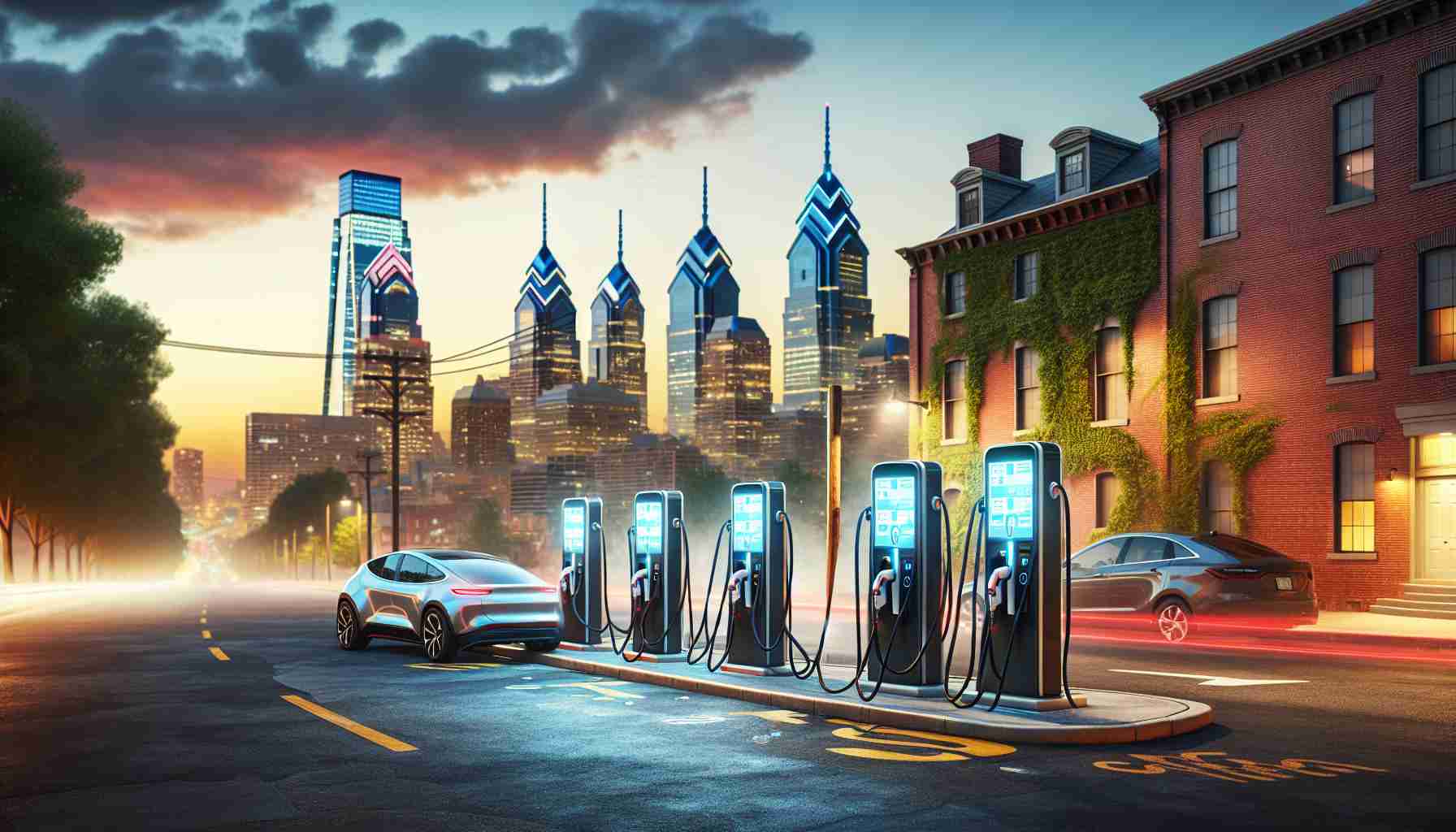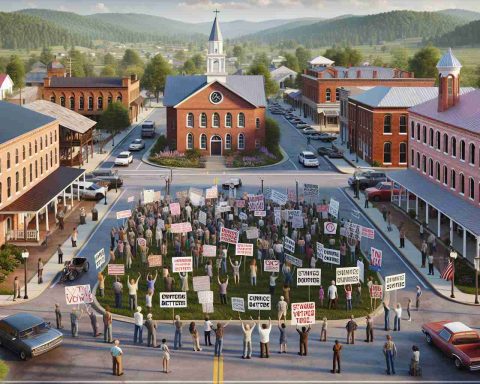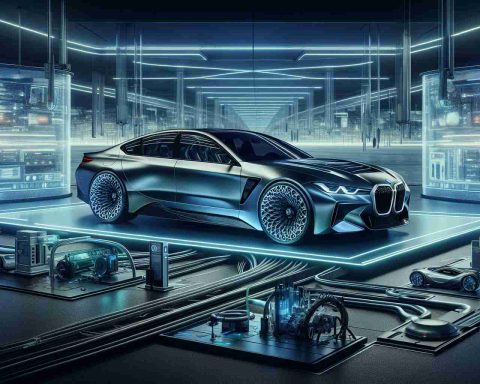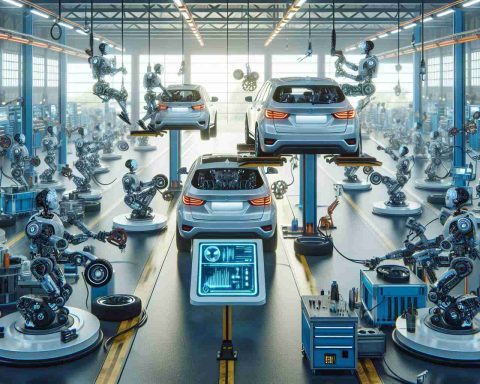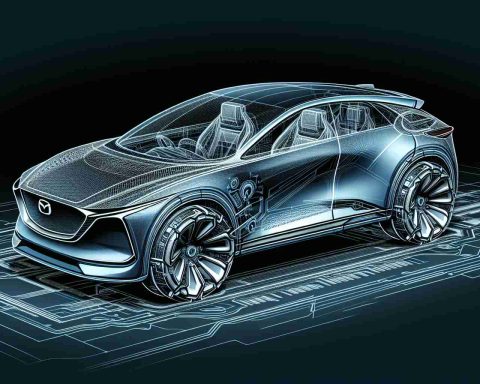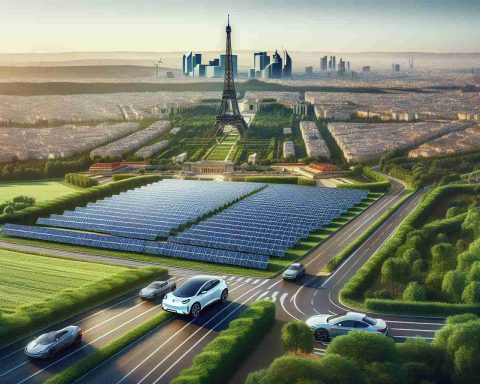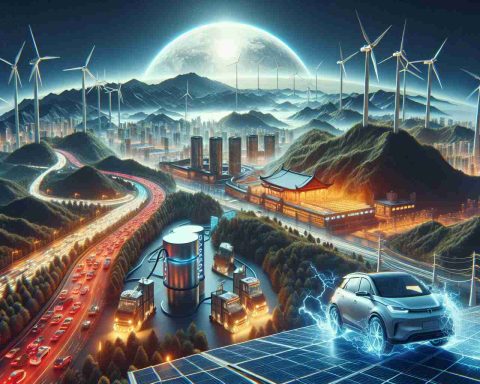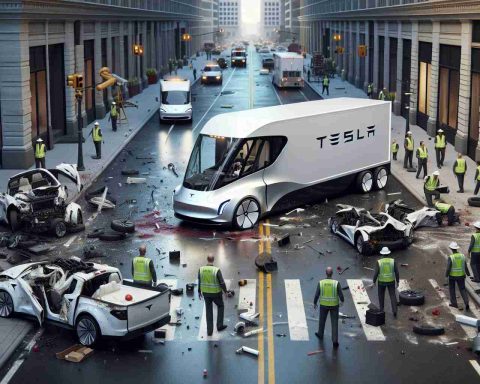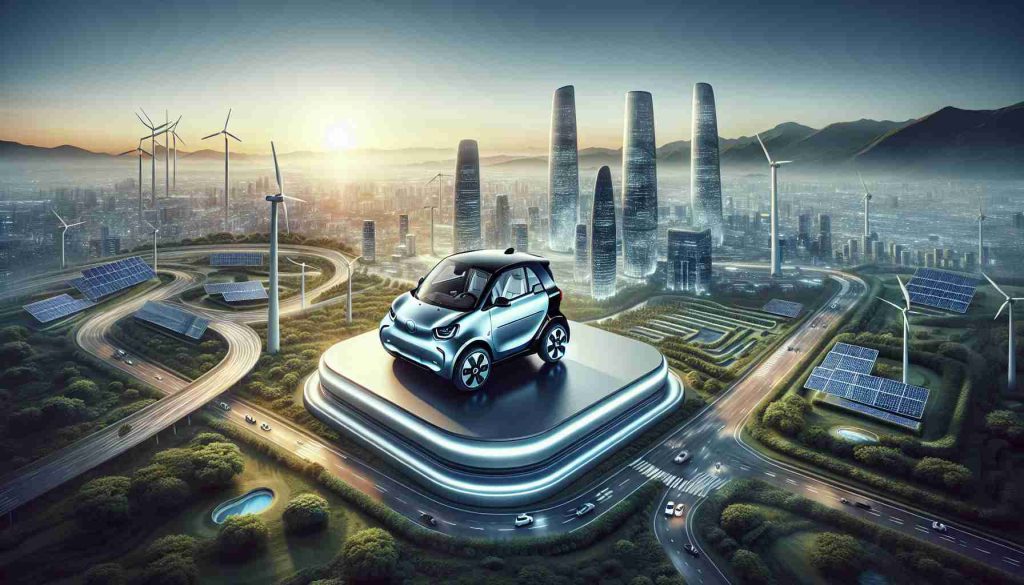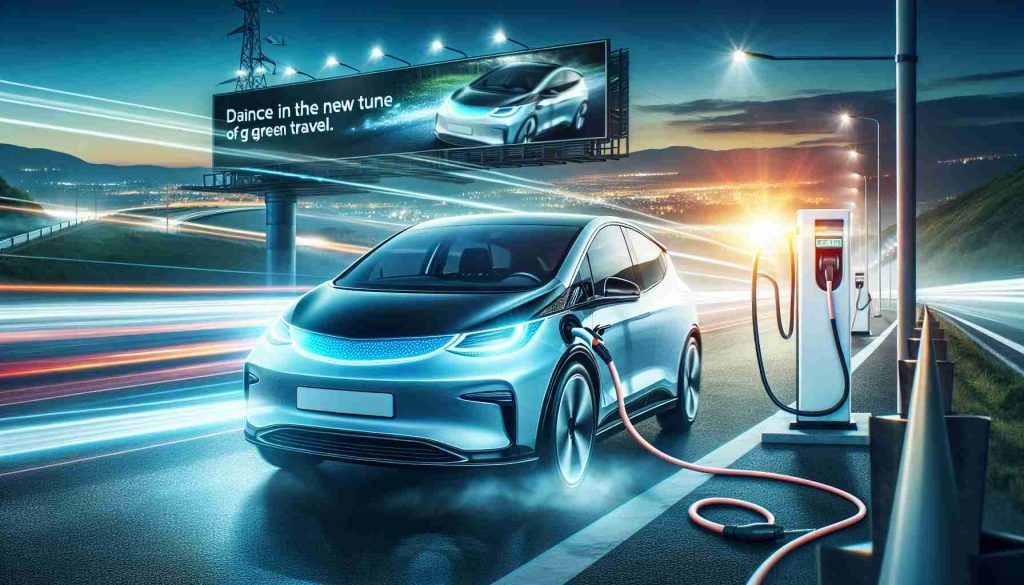- Philadelphia’s EV infrastructure plans face uncertainty due to federal funding shifts, jeopardizing a $20 million initiative from the Bipartisan Infrastructure Law.
- The city envisioned widespread EV charger installation, including an inaugural station on 6th Street, bolstered by a $9 million grant to support underserved areas.
- President Trump’s federal funding freeze on green energy initiatives, including NEVI and CFI programs, has disrupted progress.
- Despite legal efforts to counteract the funding freeze, new federal directives have left local officials unsure of how to proceed.
- Pennsylvania’s highway EV projects are progressing, but urban and rural efforts are halted, affecting plans for over 200 new charging ports.
- The situation underscores the need for adaptable and resilient strategies to achieve sustainable urban growth amidst funding uncertainties.
Philadelphia, poised on the cusp of a green revolution, now faces uncertainty as federal shifts threaten its ambitious plans for electric vehicle (EV) infrastructure. With $20 million earmarked from the Bipartisan Infrastructure Law, the city intended to pepper its urban sprawl with EV chargers, bringing clean energy access to corners long dominated by gasoline fumes.
Picture a vibrant cityscape where electric currents hum under city streets, charging the vehicles of tomorrow. This was the vision. The inaugural station was set to rise on 6th Street, promising a symphony of EVs quietly gliding away with renewed energy. Meanwhile, a $9 million boost from the Department of Transportation aimed to illuminate underserved neighborhoods with additional charging ports.
However, a recent executive shift has cast shadows over these plans. President Trump’s directive to pause federal funding for key green energy programs has tangled the paths of progress. This abrupt freeze on the National Electric Vehicle Infrastructure (NEVI) and Charging and Fueling Infrastructure (CFI) programs introduced uncertainty just as hopes were taking flight.
Despite judicial interventions against this spending freeze, a new federal memo has left state officials navigating a fog of confusion. As local entities conduct reviews and reassess their NEVI projects, the dream of a more sustainable future hangs in the balance.
While Pennsylvania initially harnessed NEVI funds to energize highway travel, urban and rural CFI projects remain in limbo. The anticipation of over 200 new charging ports now teeters on a precipice.
The ultimate message is clear: ambition thrives only when anchored by certainty. As Philadelphia and other cities await clarity, the push for a greener, more connected future must remain relentless. In the face of uncertainty, adaptability and resilience will be key to charging forward.
Electric Dreams on Hold: Can Philadelphia’s Green Vision Survive the Federal Freeze?
Detailed Analysis of the Philadelphia EV Infrastructure Plans
Philadelphia’s ambitious plans for electric vehicle (EV) infrastructure reflect a broader urban evolution towards sustainable and renewable energy use. Here, we delve into what was not covered in the original source article and provide additional perspectives and context.
# How-To: Implement Successful EV Infrastructure
For cities like Philadelphia, successfully implementing EV infrastructure involves several steps:
– Conduct Comprehensive Feasibility Studies: Assess the demand and geographical needs across the city.
– Engage Stakeholders: Collaborate with local government, businesses, and residents to align interests.
– Secure Funding and Government Support: Identify key funding sources like federal grants, local investment, or public-private partnerships.
# Pros and Cons of EV Infrastructure Development
– Pros:
– Environmental Impact: Reduction in greenhouse gas emissions.
– Economic Benefits: Potential boost for local economies through job creation in the green tech sector.
– Public Health: Improved air quality can lead to better public health outcomes.
– Cons:
– Initial Costs: High upfront investment for infrastructure development.
– Technological Challenges: Evolving technology can lead to future adaptation costs.
– Infrastructure Maintenance: Ongoing costs and operational management.
# Market Forecasts and Trends
– EV Market Growth: The global electric vehicle market is expected to reach significant milestones over the next decade, with sales projected to grow exponentially.
– Increasing Urban Adoption: Cities worldwide are increasingly adopting EV infrastructure, seen as essential to meet carbon neutrality goals.
# Reviews and Insights
Stakeholders in similar projects have noted:
– Positive Public Response: There is typically broad support from city residents and businesses.
– Importance of Pilot Programs: Testing infrastructure in key locations can provide valuable data before wider rollout.
# Controversies and Challenges
– Federal Policy Changes: Recent shifts like those introduced by the Trump administration can create significant roadblocks.
– Balancing Urban and Rural Needs: Ensuring equitable access to charging stations across different regions.
# Future Predictions
– Adaptability Is Key: Cities that incorporate flexible, scalable infrastructure will adapt better to technological advancements and policy changes.
– Potential Increase in Federal Support: Anticipated policy shifts could reignite funding streams and support rapid infrastructure expansion.
# Suggested Links for More Information
– U.S. Department of Energy
– National Highway Traffic Safety Administration
– U.S. Department of Transportation
As Philadelphia stands at a crossroads in its green revolution journey, it must remain steadfast and prepared to pivot as necessary. The path may be fraught with challenges, but with strategic planning and unwavering tenacity, a cleaner, greener urban future remains within reach.
